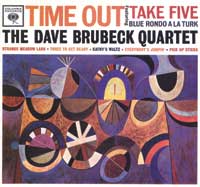Mid-Century Jazz: Listen to the Cool - Page 4
Did West Coast/Cool Jazz just fade out after 1960? Note that Gioa's book about the genre set 1960 as the end of "modern jazz in California," and 1945 as its beginning. (Coincidentally or not, 1960 was also the year when Dave and Iola Brubeck relocated their family to another modern home designed for them in Wilton, Connecticut by David Thorne. But that's another story.)
Jazz fans wanting to stay hip would do well to remain skeptical of jazz history dates. Remember that both West Coast/Cool Jazz and Bop borrowed liberally from music preceding 1945, especially the sort of pop tunes that Ned Eichler says his father favored. (Ned likes jazz, Joe didn't much. But he might have found it interesting to compare Charlie Parker's nervy Bop reworking [and retitling, as 'Ornithology'] of the popular 1940 ballad 'How High the Moon' with Chet Baker's more respectful but innovative cover of the same ballad.)
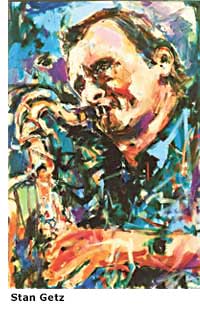
And the truth is that after that purported end date of 1960, the variegated elements of West Coast Jazz were absorbed by other genres that became promoted and accepted under other names, without need of regional tags. Looking back a half century, from our own era replete with anxiety, exaggeration, and mimicry (musical and otherwise), one might well wax nostalgic for the spirit of optimism and innovation that followed the country's recovery from World War II.
"It was like a renaissance in a way," says Iola Brubeck about that period, "of everyone in all fields—architecture, music, visual arts—everything going through a pushing of the envelope and getting away from tradition and experimenting with the new. It was just in the air. Just think about utility household design, the streamlined toasters."
But remember that some of those West Coast Jazz players, like some of the toasters, are still warm and working, among them Iola's husband and Bill Holman. Old and new fans of their kind of music are still collecting it, some of them in mid-century modern residences where the genre seems particularly at home.
Cool Jazz fan and Eichler owner Cathye Smithwick first became acquainted with West Coast Jazz, and saxophonist John Coltrane's approach to ballads in the '50s and early '60s, through her husband Charlie. The couple ultimately found that musical memories of that vintage serve to enhance their choice of lifestyle under a modern roof.
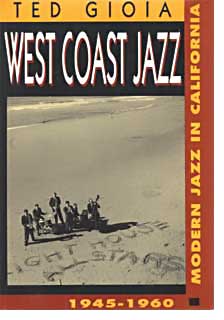
"Imagine trying to listen to [Miles Davis' album] 'Kind of Blue' or Coltrane's 'Nancy with the Laughing Face' or 'My Favorite Things' in a Victorian, with its itty-bitty windows and no light, and its very ornate, curvy furniture," says Smithwick. "I think Eichler owners gravitate towards these houses because of their spatial elements, their geometric elements, and their unity with the outside. Cool Jazz is a listening representation of that. It's a fabulous environment."
"When I'm listening to jazz in my home—and I do it all the time—I'm not doing it to be entertained," Smithwick concludes. "It's part of a lifestyle choice, rather than a form of entertainment."
Special thanks to Dave and Iola Brubeck, David Thorne, Michael Wurtz, George Moore, and Tom Madden
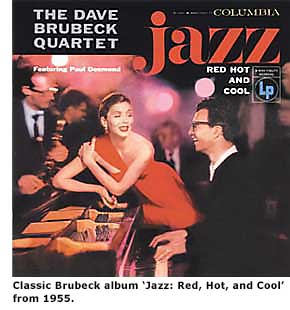
• Photos: Bob Willoughby courtesy Brubeck Collection, Holt-Atherton Special Collections, University of the Pacific Library, copyright Dave Brubeck; also courtesy Chronicle Books
• Paintings: Bruni Sablan courtesy Bruni Jazz Masters Series
• Album covers: courtesy Blue Note, Concord Music Group, Fresh Sound, Koch, Lonehill Jazz, RCA, Sony Corporation, V.S.O.P., Verve record labels
The classic Cool Jazz artists are well represented on compact disc, and the artists and titles listed below are a guide to the start or the bolstering of a diverse and representative collection.
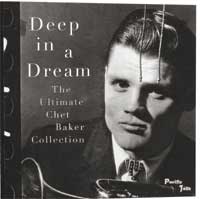
1. Chet Baker: Deep in a Dream/the Ultimate Collection (Pacific Jazz) This disc, mostly ballads from the '50s, is as precious for fans enamored of Baker's emotive, almost feminine delivery of vocals as for those who favor his diaphanous but imaginative approach to trumpet.
